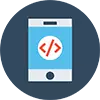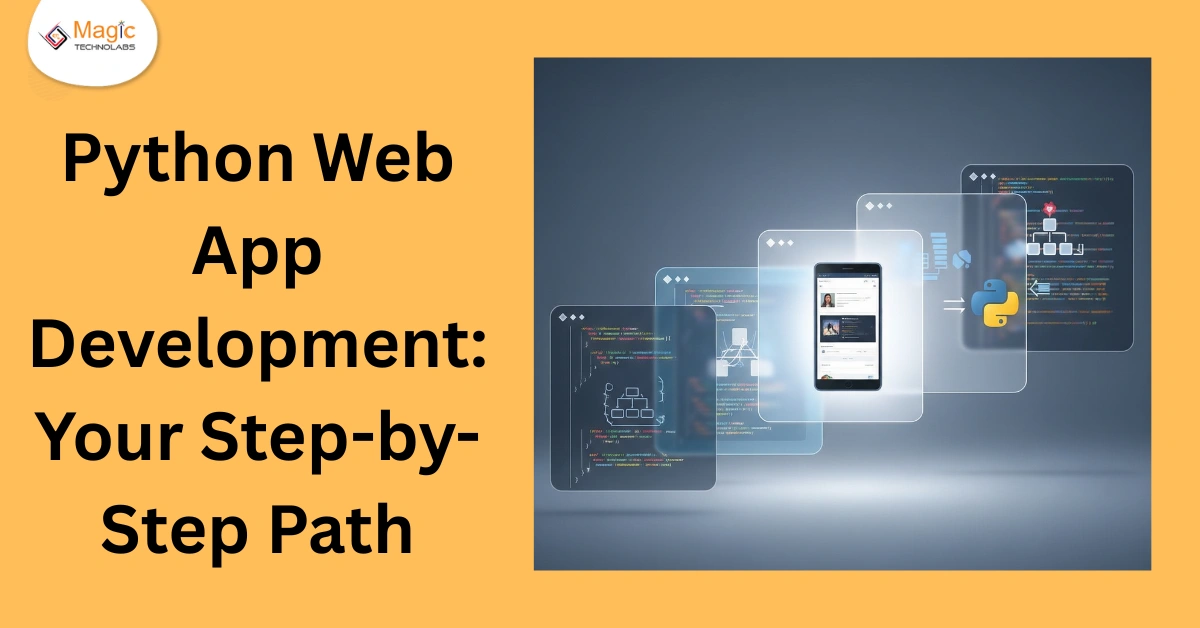You’ve heard the buzz. From powering Instagram to automating boring tasks, Python is everywhere. But here’s the real question:
Can you use Python to build full-fledged web apps?
Absolutely—and it's easier than you think.
Whether you're a curious beginner or a startup founder exploring tech stacks, this guide gives you a step-by-step roadmap to build your first Python web application—without getting lost in the code jungle.
Let’s break it down together, one smart step at a time.
Why Use Python for Web Development?
Python is known for its simple syntax, readability, and massive community support. But what really makes it shine for web apps?
Key Benefits of Python Web App Development
Fast Development: Less code, more output.
Scalable Frameworks: From micro to enterprise-level apps.
Built-in Security: Especially with Django.
Massive Library Support: AI, ML, analytics—you name it.
Easy to Learn: Ideal for startups, students, and rapid prototyping.
Step-by-Step Guide: Build a Python Web App
Here’s your clear path to developing a real-world Python web app—even if you're starting from scratch.
1. Define the Purpose of Your App
Start with your "why."
Is it a to-do list, e-commerce site, or chat app?
Clear goals = better code.
2. Set Up Your Environment
Install Python and use virtual environments to keep things clean.
Use tools like:
pip for package management
venv for isolating dependencies
Git for version control
3. Choose the Right Web Framework
You’ve got two amazing options:
Django – Best for full-stack apps, secure and batteries-included.
Flask – Lightweight, flexible, and perfect for smaller projects or APIs.
4. Build the Front-End
Use HTML, CSS, and JavaScript. You can even integrate React or Vue with Python backends using APIs.
5. Connect to a Database
Store user data, content, or products using:
SQLite (for beginners)
PostgreSQL or MySQL (for production apps)
Django comes with built-in ORM. Flask? Use SQLAlchemy.
6. Add Authentication & User Management
Handle logins, registrations, and permissions using Django’s built-in system or Flask extensions like Flask-Login.
7. Deploy Your App
Push it live using:
Heroku – Beginner-friendly, perfect for MVPs
Render / Vercel – Modern cloud platforms
AWS / DigitalOcean – For more control
Don’t forget to add HTTPS and set up environment variables!
Final Thoughts: Start Simple, Scale Smart
The beauty of Python web development is that you can start small—a login page, a form, a dashboard—and scale up without switching languages.
Whether you’re launching your side hustle or preparing for your first client project, Python gives you the power and flexibility to build something real.
















